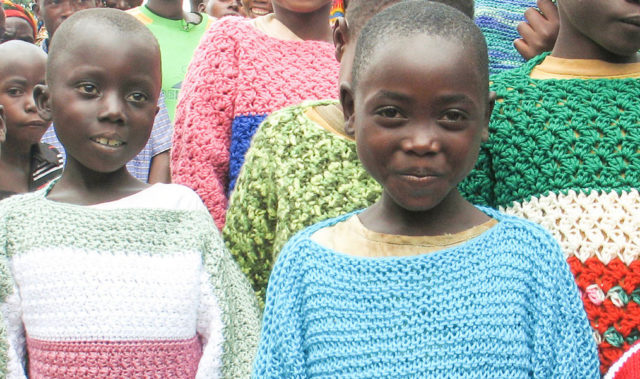Product Donation
A.C. Moore Arts and Crafts, Premier Yarns help bring warm clothing to children
In a unique collaboration, two corporations in the retail industry have partnered with World Vision to help support its growing Knit for Kids program. Specialty retailer A.C. Moore Arts and Crafts store and Premier Yarns — an international manufacturer and distributor of high-quality yarns...
